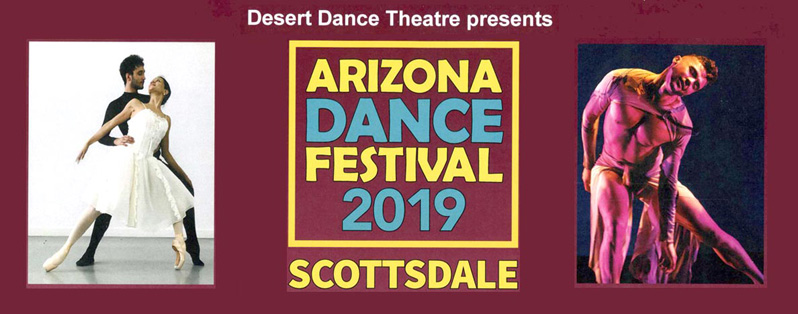Company: Derrick Bernard Patten
Choreographer: Derrick Bernard Patten
Performers: Taylan Hall, Gracie Larson, Haylee Murray, Dylan Olson, Mallorie Sturm, Anna Thompson, Jennie Vest
The title of this piece says it all. Throw in a hospital bed with a patient and we already know where this is going, Using a cute child for the patient goes a little beyond precious but, whatever. It’s a dance, not a documentary. Still, the problem with such an obvious setup is that in order to save this from the anti-climax of a foregone conclusion, we’re going to need an interesting way get there.
The opening is not promising. Our dancer/nurses bustle around the happy, adorable child in the background and do some pleasant, small group work upstage. However, when the patient inevitably arrests, the mood instantly changes and gives way to intense concern and barely controlled panic. The troupe is still split between those attending the patient and those dancing in unison upstage but here is where I think this program digs in and begins to justify itself artistically.
There are two devices the choreographer uses that I think reflect a personal knowledge of this situation and are applied to good effect. They are representational (which means they might only exist in my head) and might not be immediately recognizable to the audience, but for me they give this work credibility and substance.
First: The group frantically attending the patient and the group dancing expressively up front switch places back and forth. I believe this represents the physical reality of shift work, that nurses must replace each other. Sometimes they’re with the patient, sometimes not, but their emotional reality, reflected in their anxious gestures, indicates that they are not emotionally detached from the situation. It is an empathic skill that makes them so effective but which can also become a burden.
Second: In the final movement, the dancers clasp their own elbows, turn from the bed where the patient has expired, and silently walk away. My fear for this work is that this final gesture, so small and completely contained, will be overlooked by the audience. In my estimation it is the most telling and powerful in the entire piece. It perfectly symbolizes the quiet strength and resolve that medical professionals must assume in order to continue their work in the wake of repeated loss and the personal emotional toll that takes.
In the end, the nurse/dancers couldn’t save the patient, but choreographer, Derrick Patten, managed to save this piece. For me, the program was a bit simplistic and somewhat uneven, but still a credible foray into the realm where art attempts to illuminate important social and cultural concerns.
Viewed Re/Viewed


Recent Comments